Woody Skyline Diffuser




Woody Skyline Diffuser
Elevate your room's acoustics and aesthetic with the Woody Skyline, a handcrafted, two-dimensional acoustic diffuser. More than a piece of décor, this is an artfully constructed tool engineered for significant sonic enhancement and room liveliness. Because of its silhouette, it’s well known as a “Skyline” diffuser.
Key features:
Design based on rigorous acoustic calculations to ensure peak diffusion efficiency across a broad frequency spectrum
Achieve superior soundstage clarity and a more detailed, immersive sound field
A premium, custom-made product meticulously handcrafted to meet your specific design and dimensional requirements
Get inspired by our customers
Woody Skyline: Sculpted Wood. Scattered Sound.
Every diffuser is custom made with a wooden varnish according to your request
Elevate your acoustic environment and aesthetic with the Woody Skyline, a two-dimensional acoustic diffuser that is part art, part engineering marvel. This flagship product is a premium, made-to-measure solution designed for the even scattering of higher frequencies, instantly enhancing the liveliness and soundstage of any room.
The Science Behind the Silhouette
The Woody Skyline’s effectiveness is rooted in advanced mathematical modeling, based on calculations using primitive root numbers (PRD)—a design pioneered and patented by Peter D'Antonio and John Konnert in 1995. Its iconic, varying-height silhouette, which recalls a skyline with skyscrapers, is not merely aesthetic; it is precisely calculated to optimize sound scatter.
Instantly Enhanced Listening Experience: Achieve a superior, more detailed soundstage and an immersive, spacious sound field.
Mathematical Precision: Design based on rigorous acoustic theory to ensure guaranteed diffusion efficiency across a broad frequency spectrum.
Super-Premium Craftsmanship: As Primitive Root Diffusers are extremely demanding on hand manufacturing—often taking days to produce a single one—they are considered premium products made only on request.
Absorber vs. Diffuser: The Clever Difference
Acoustic treatments fall into two main categories:
Absorbers take in sound energy when sound waves hit them and transform it into heat, thus controlling echo and decay time.
Diffusers do the exact opposite in a more clever way: they evenly distribute the sound waves into the room by scattering them from their irregular surface. By creating an even diffuse field, diffusers maintain the sound energy in the room, making the music feel spacious and lively.
Note on Efficiency: Not every irregular surface is an effective diffuser. Only mathematically calculated diffusers like the Woody Skyline have a projected effective range and can be designed to work on specific frequencies. A rugged wall, for example, will provide only random, non-uniform scattering.
Designing Your Diffuser Array
To maximize the acoustic benefit, diffusers need sufficient size and often placement in an array:
Optimal Array: The highest diffusion effect is achieved when placing five or more diffusers next to each other, creating an array that can scatter as much energy as possible.
Minimal Impact: If your total diffusion panel array is less than one meter wide, you will likely not hear a substantial difference.
Where to Place Diffusers:
Side Walls and Ceiling: Used on first reflection points to preserve more liveliness than pure absorbers and to eliminate flutter echoes. The goal is to prevent energy from being reflected directly at the listening position from the bare walls.
Front Wall: Suitable for audiophiles adding extra spaciness. Opposite walls covered by arrays can create an "endless space" effect.
Start Your Custom Project
The Woody Skyline is a bespoke product based on your request for the approximate size and targeted effectiveness, then calculated precisely according to PRD theory. It is crucial to follow this plan to ensure the final diffuser reaches its projected potential.
Please contact us for more information and a quotation. We will be happy to help you with designing the perfect diffuser for your space.







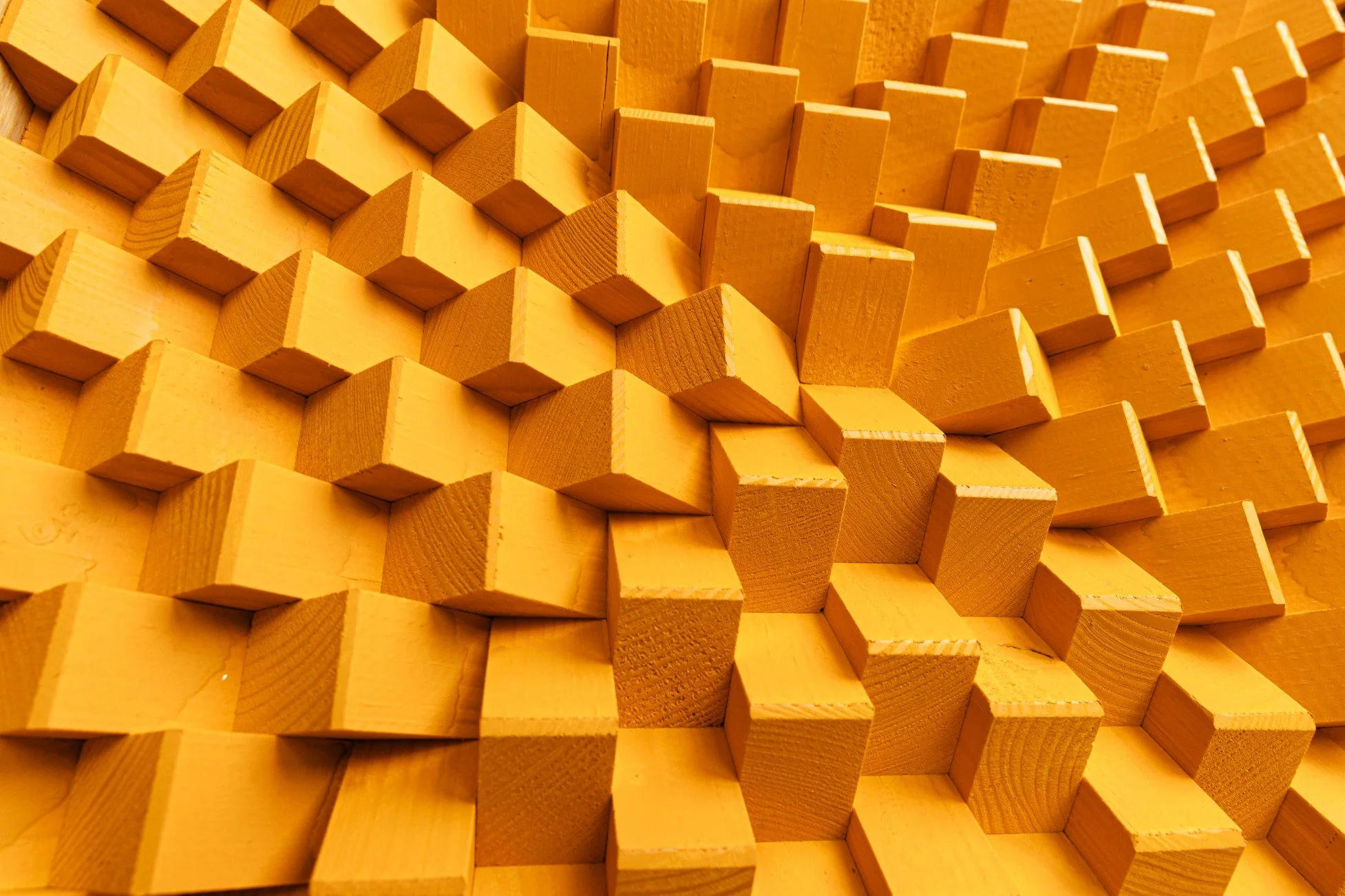








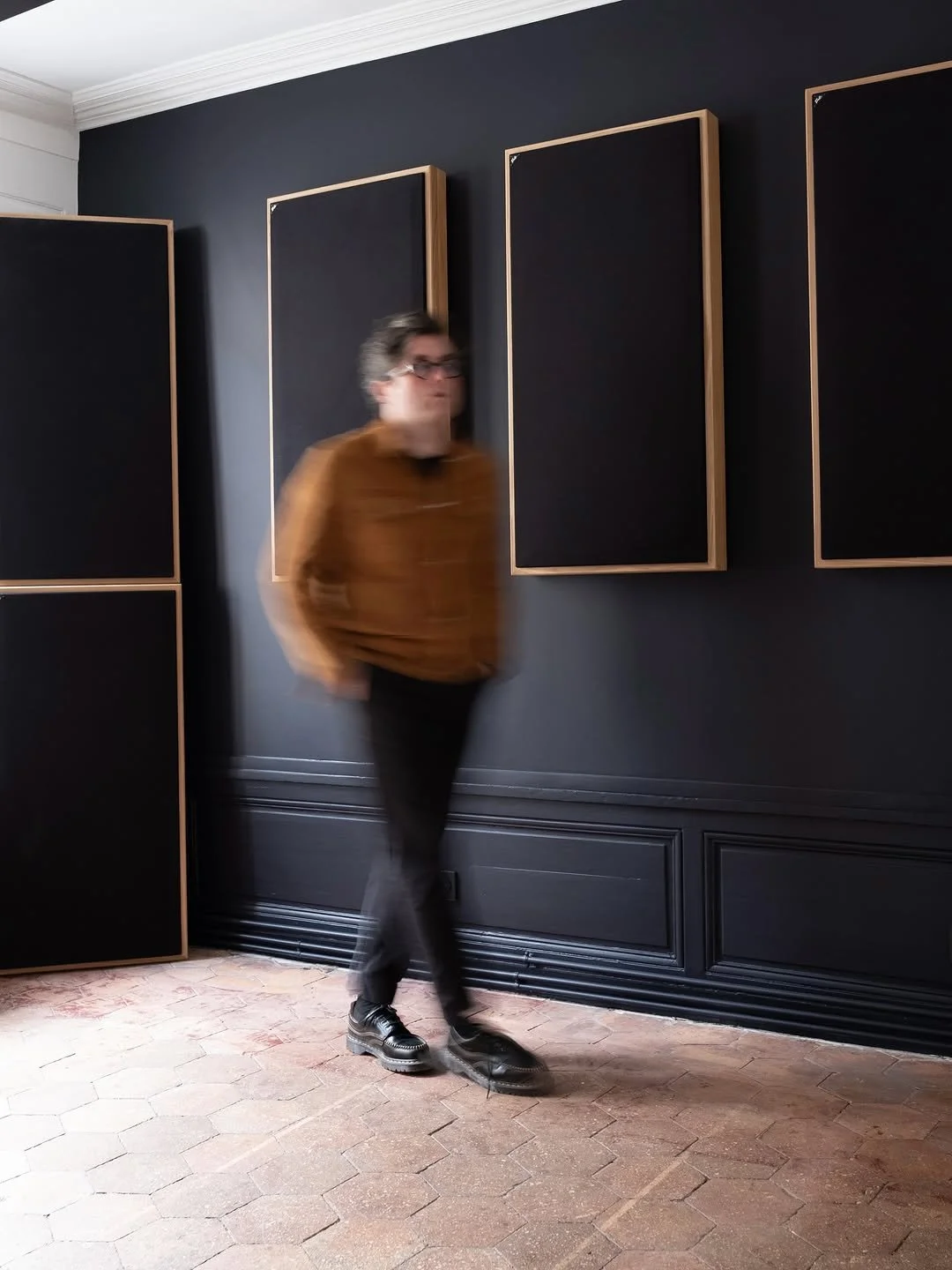
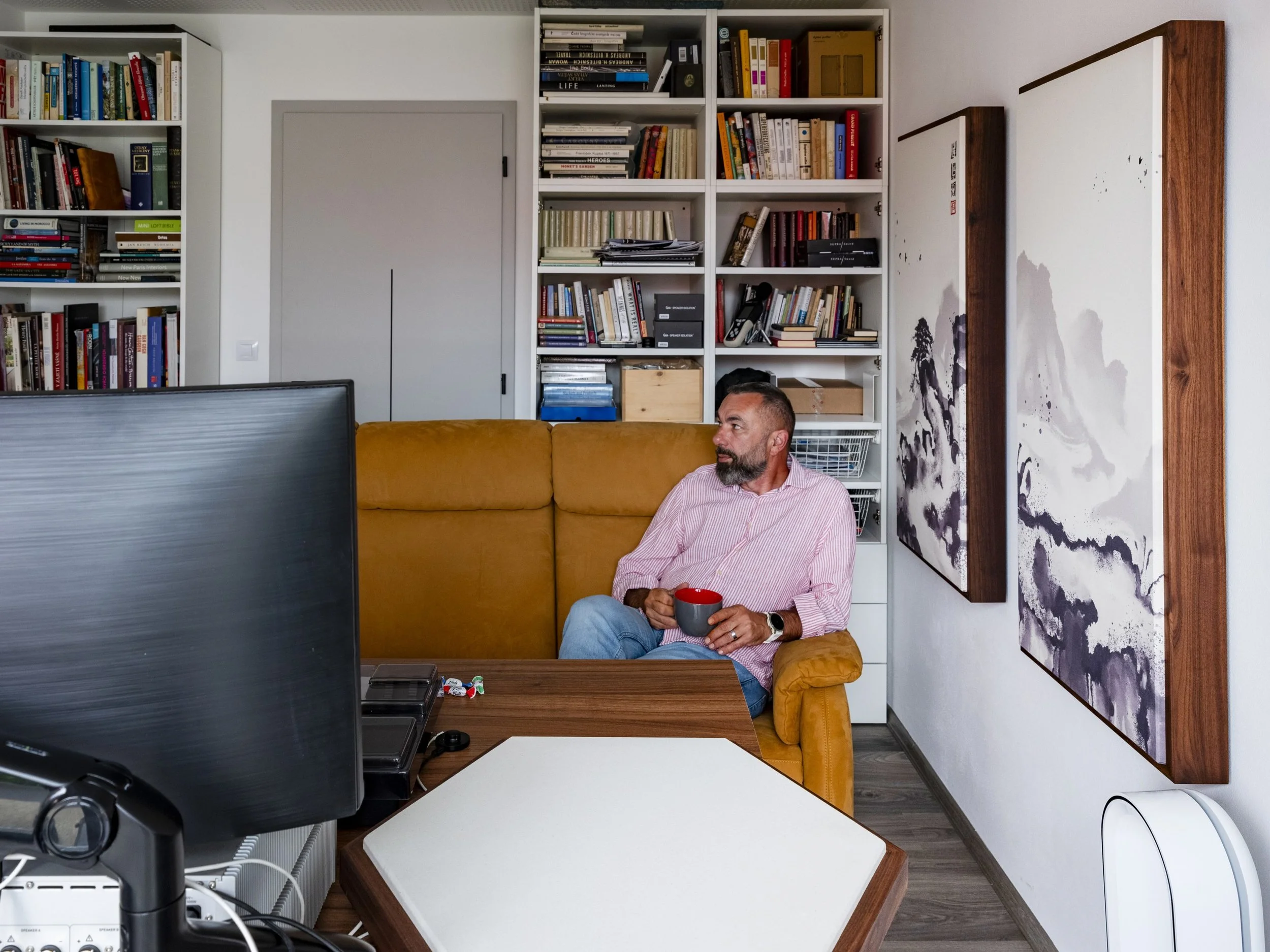




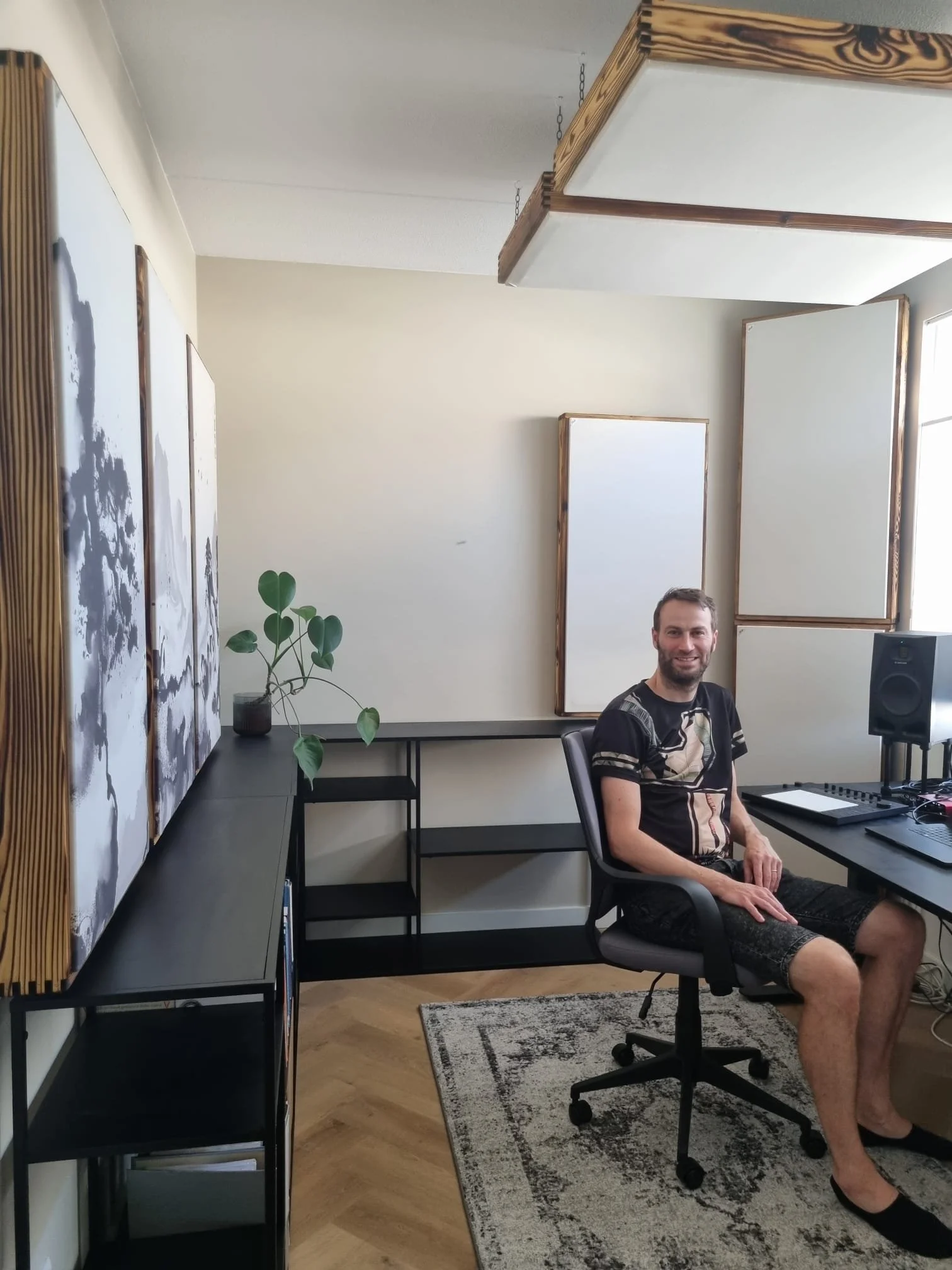







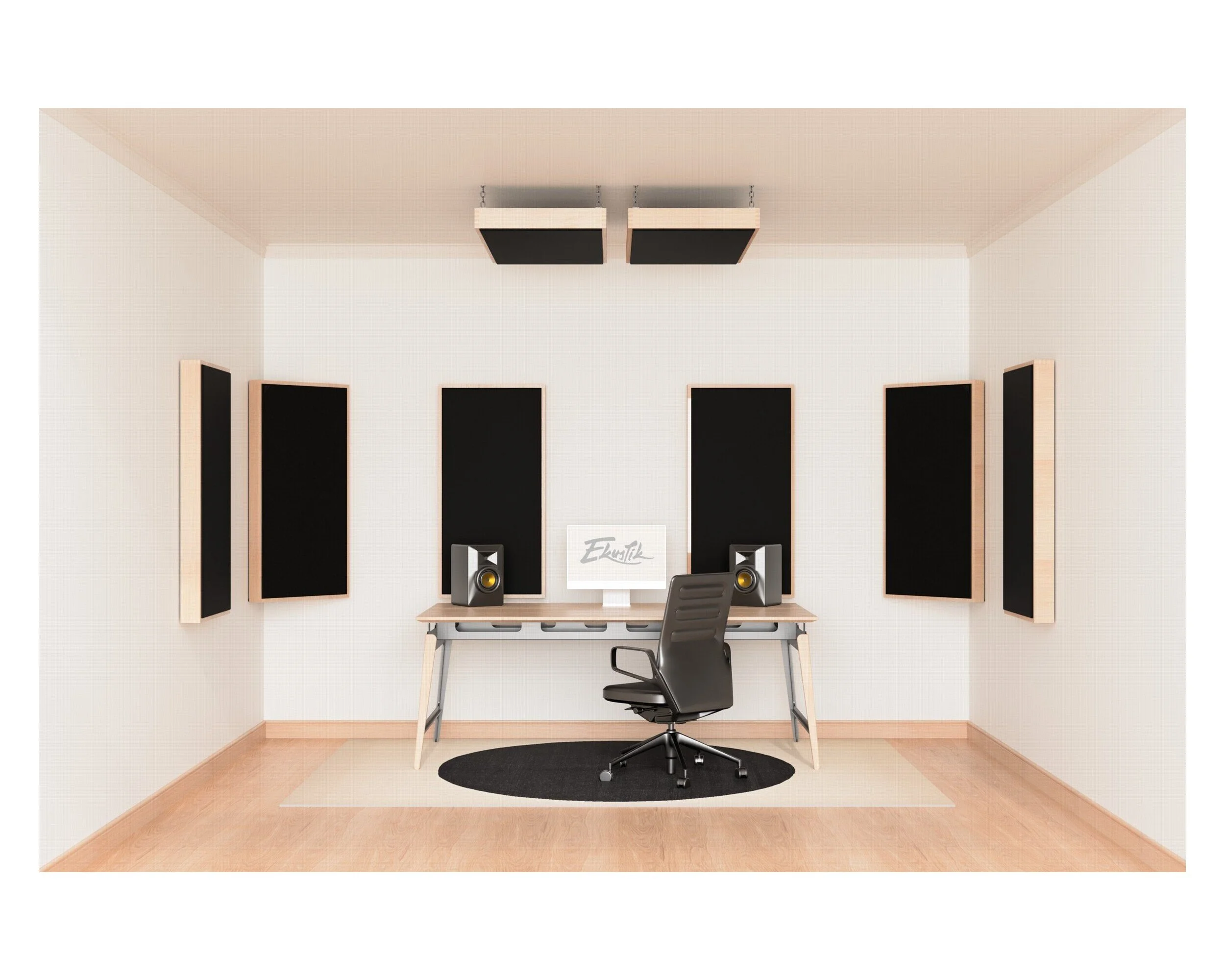
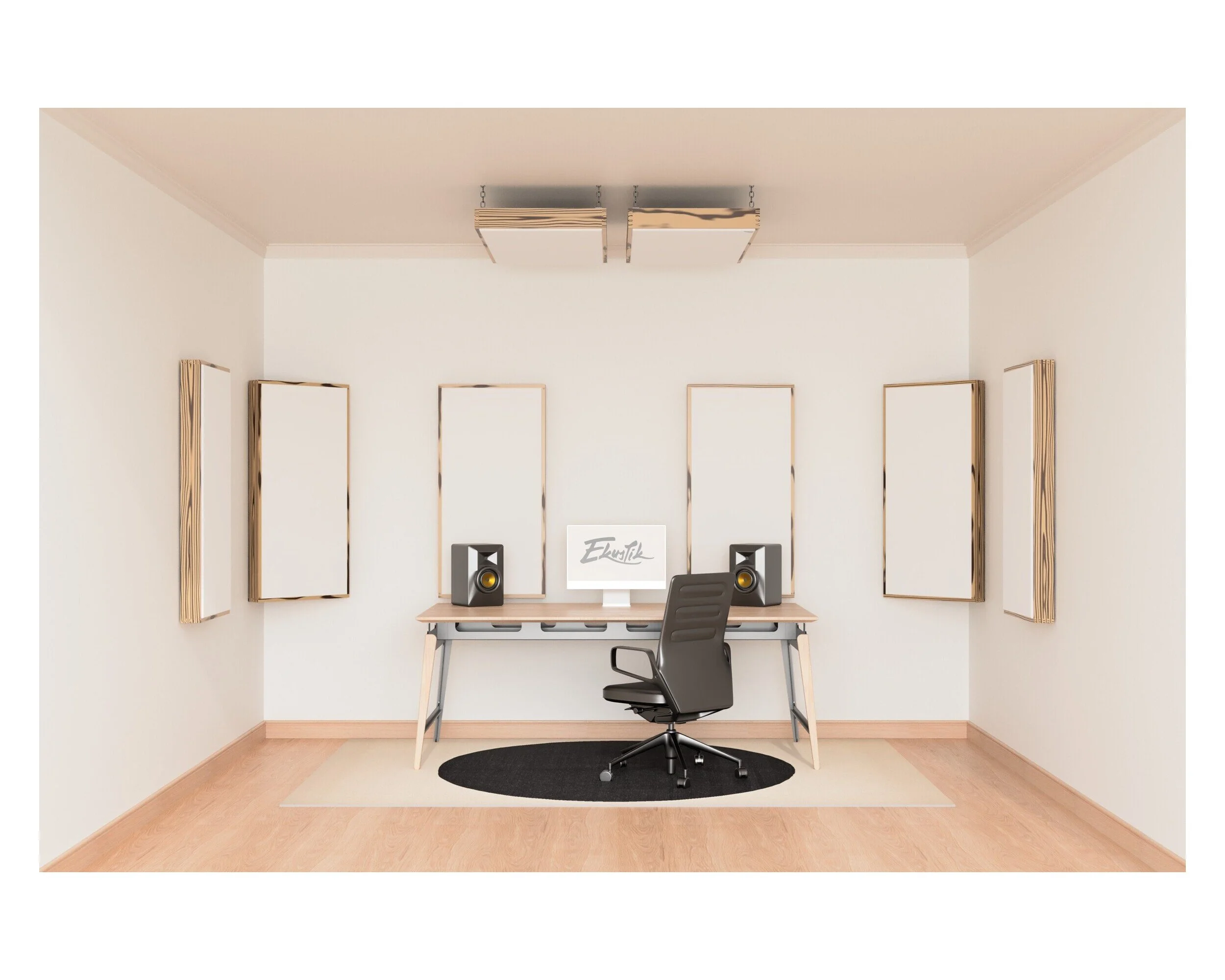




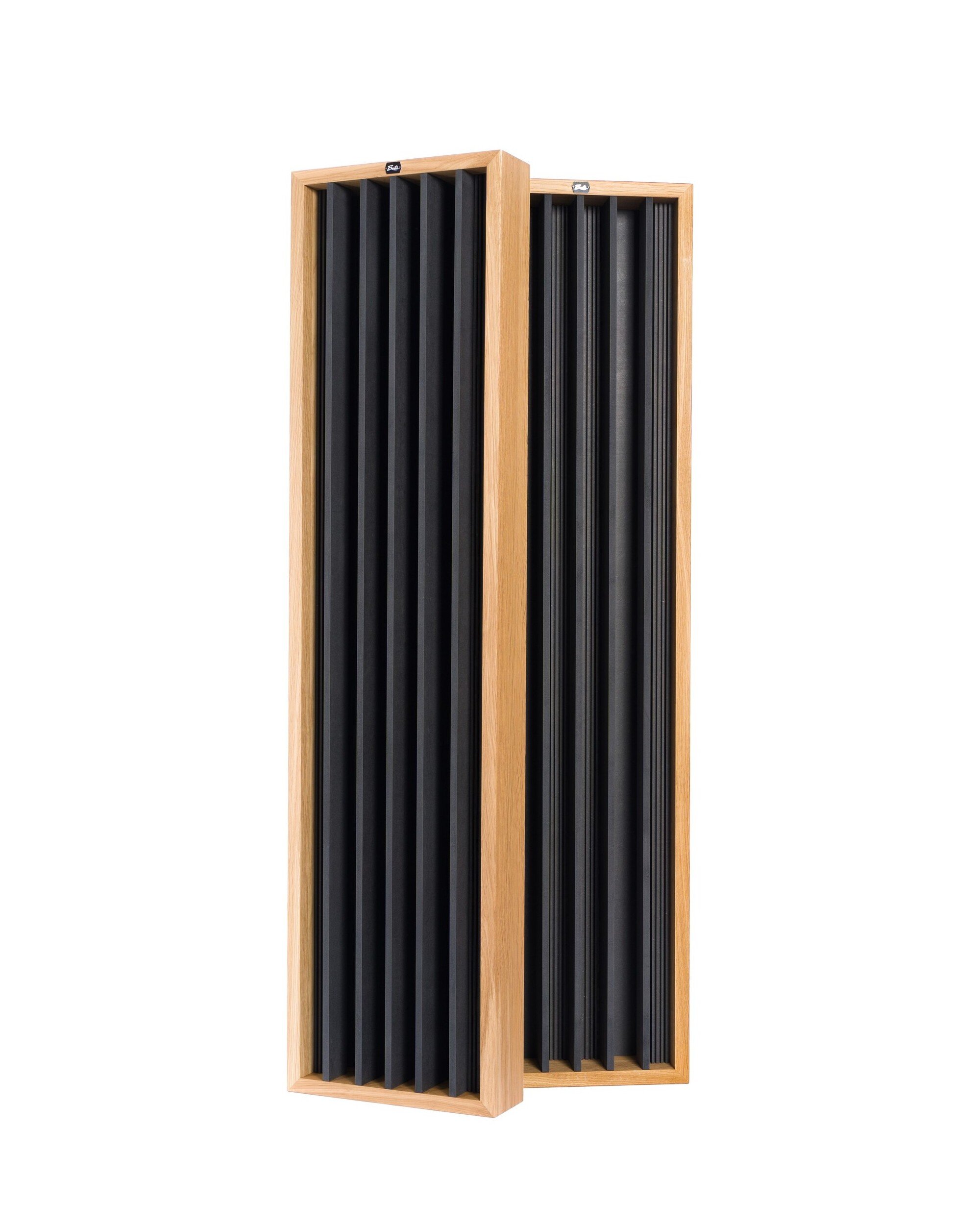


Premium Quadratic Residue Diffuser (QRD), meticulously engineered for high-end audio and designed to make your space stand out. It offers superior acoustic efficiency while maintaining the leanest profile on the market.
Key features:
Instantly enhances the listening experience by scattering sound and eliminating echoes
Delivers the highest effectiveness starting from 350 Hz, covering crucial mid-to-high frequencies
Features a unique fractal design that extends efficiency well past 4 kHz
At only 10 cm deep, it is the thinnest QRD diffuser available
Handcrafted with a luxurious, patented wooden design
Save 10% when purchasing multiple units